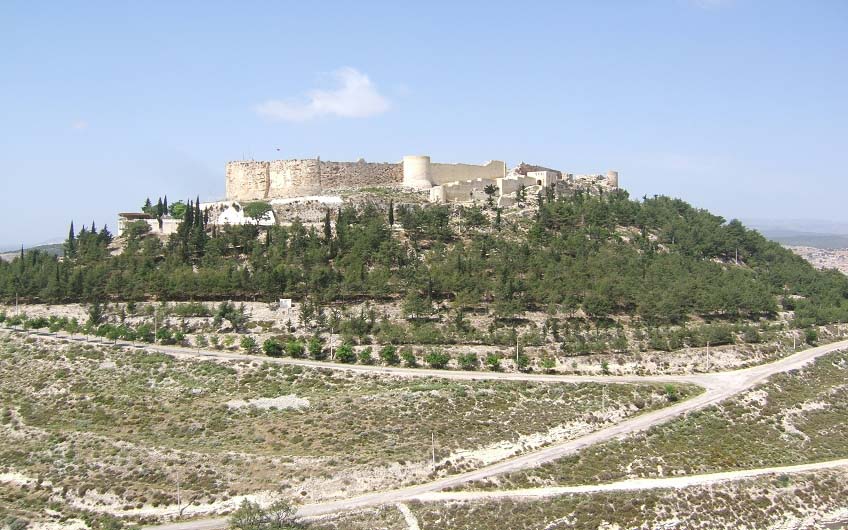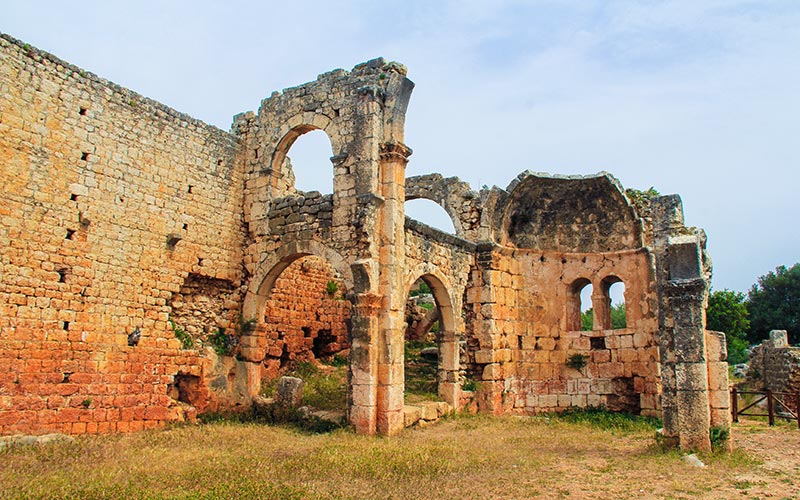SILIFKE CASTLE

Silifke Castle, which is understood to belong to the Hellenistic or Early Roman Period according to its basic findings, today appears a medieval castle as a result of the repairs and changes undertaken. The oval-shaped castle is built on a hill dominating Silifke and surrounded by ditches. There are ruins of arched galleries, water reservoirs, tanks and other structures inside the castle.
The famous traveler Evliya Çelebi wrote in his Travelogue that there were 23 bastions, a mosque and 60 houses in the Silifke Castle in the 17th century. However, since some of the bastions and the structures inside the castle are completely ruined, it is not possible to make a full determination. There are 10 bastions that can still be seen in the castle.
Source: Mersin Provincial Directorate of Culture and Tourism Archive.







